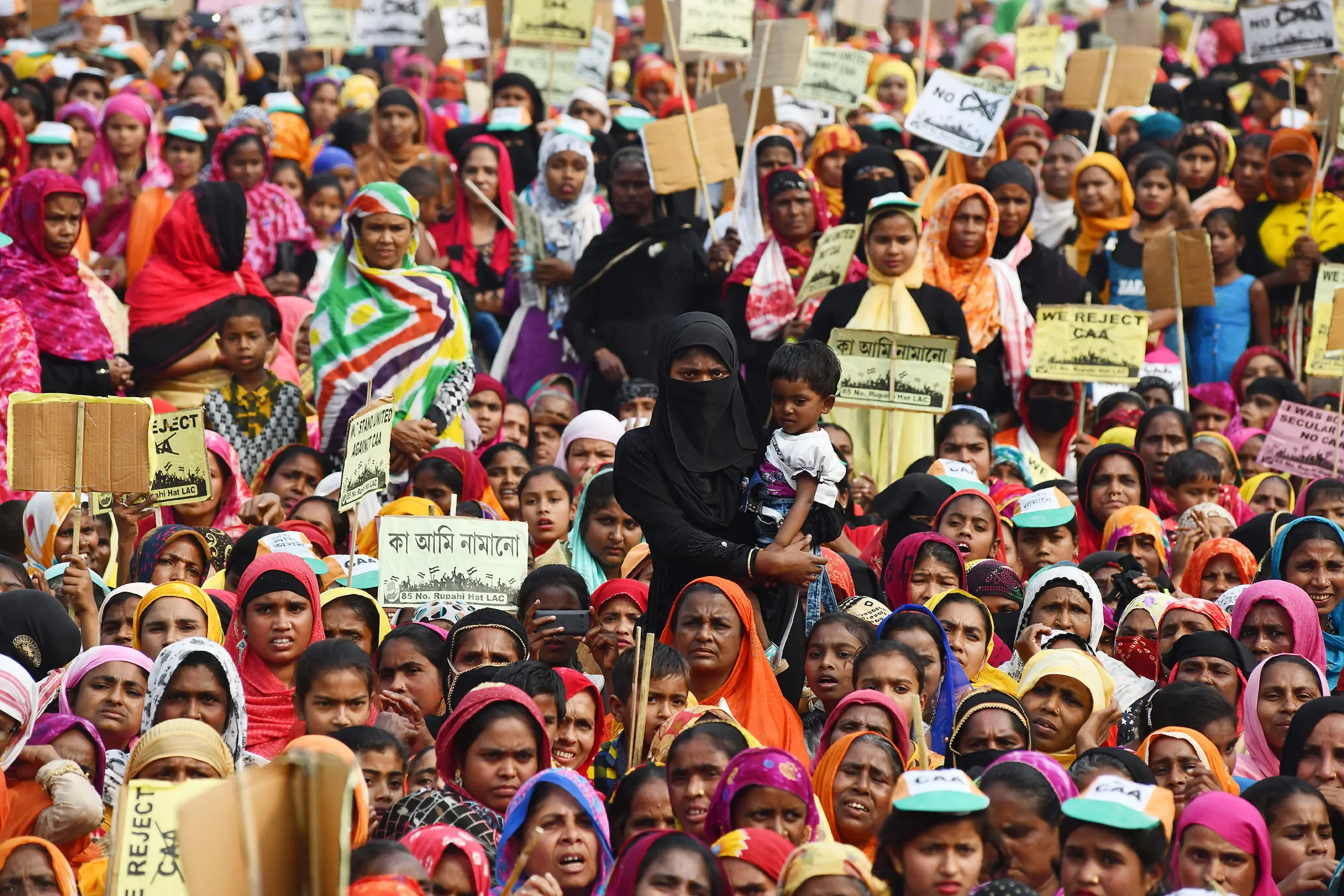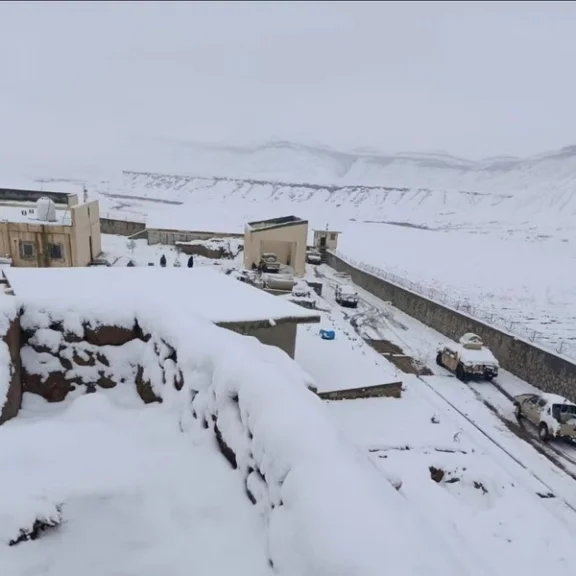Nepal’s total exports in the first seven months increased by 46.5% to Rs127.20 billion, mainly due to the export of soybean oil—a product the country does not produce commercially.
However, the export of listed products under the Nepal Trade Integration Strategy (NTIS) 2023, known as high-value goods, stood at Rs68.6 billion. The share of NTIS products in total trade was 54 percent, growing by a marginal 3.75 percent during the review period.
This indicates no significant growth in the export of goods with actual potential.
The country implemented the revised NTIS in July, replacing NTIS 2016 to boost exports, aiming to support Nepal’s graduation target by 2026.
Despite this, data shows that the export performance of potential goods from Nepal has not seen positive growth beyond the usual fluctuations.
Also See: Nepal, China Sign MoU to Strengthen Cooperation on Ethnic Affairs
In the first seven months of the current fiscal year, Nepal’s soybean oil export surged 5,886 percent to Rs32.41 billion compared to the last fiscal year, contributing 25.48 percent of the total export share.
Experts attribute this dramatic rise to traders exploiting tariff loopholes in neighbouring India—a recurring pattern in Nepal’s trade.
While the overall export numbers appear to be rising, shipments of potential goods have declined. Exports of iron and steel, readymade garments, jute products, medicinal herbs, ginger, lentils, jewellery, essential oils, and textiles all decreased during the review period.
“As the government did not allocate a budget, we could not implement the strategies outlined under NTIS. We will roll out NTIS programmes in the next fiscal year 2025-26 once the budget is assured,” said Rabindra Duwady, information officer at the Trade and Export Promotion Center—one of the implementing bodies of NTIS 2023.
The shipment of iron and steel declined 14.7 percent to Rs8.63 billion.
The Bureau of Indian Standards (BIS) certification delayed the export of Nepali goods such as iron and steel, cement, footwear, sanitary pads, and plywood to India for months.
During the Nepal-India Inter-Governmental Committee (IGC) meeting on Trade, Transit, and Cooperation to Combat Unauthorised Trade in Kathmandu on January 10, India agreed to expedite the issuance and renewal of BIS certificates, facilitating the export of Nepali goods like footwear, plywood, yarn, sanitary pads, diapers, cement, corrugated sheets, and steel products.
Following the meeting, India temporarily reopened the export of footwear, sanitary pads, and diapers, granting manufacturers an extended deadline to obtain or renew BIS certificates.
Readymade garment exports decreased 4.5 percent to Rs5.29 billion. Jute and jute product exports fell 6.5 percent to Rs4.17 billion. Medicinal herb exports dropped 46.3 percent to Rs787 million.
Ginger exports plummeted 60.3 percent to Rs398.42 million. Lentil shipments declined by 41.7 percent to Rs197.35 million. Gold jewellery exports fell 28.1 percent to Rs19.61 million. Textile exports shrank by 4.52 percent to Rs5.17 billion.
However, some sectors saw growth.
Yarn exports rose by 23.7 percent to Rs8.13 billion. Woollen carpet shipments increased 6.5 percent to Rs6.46 billion. Cardamom exports grew 21.5 percent to Rs5.39 billion. Felt product exports rose 8.5 percent to Rs2.98 billion.
Dog chew exports sharply increased 27.9 percent to Rs2.12 billion, with 90 percent of Nepal’s dog chew production being exported to meet rising international demand.
Pashmina exports increased 3.8 percent to Rs1.91 billion. Fabric exports surged 24.6 percent to Rs1.80 billion. Cement exports rose 1.2 percent to Rs1 billion.
Rosin and resin acid shipments surged 72.5 percent to Rs1 billion. Footwear exports grew 26.9 percent to Rs969.23 million.
Nepali paper shipments increased 18.1 percent to Rs743.42 million. Nepal exported 8 tonnes of vegetables worth Rs135 million, compared to Rs175.87 million during the same period last year.
Tea, coffee, and spice exports increased by 17.22 percent to Rs9.46 billion. Pasta shipments, totalling 4,728 tonnes, reached Rs1.16 billion—a slight increase.
Honey exports ballooned by 497.83 percent to Rs30.89 million, with the country exporting 4 tonnes during the review period.
This news is sourced from Kathmandu Post and is intended for informational purposes only.

![Nepal’s exports surged 46.5% to Rs127.20B, driven by soybean oil, while high-value goods saw only marginal growth. [Image via Kathmandu Post/File]](https://southasiatimes.org/wp-content/uploads/2025/03/thumb3.webp)




